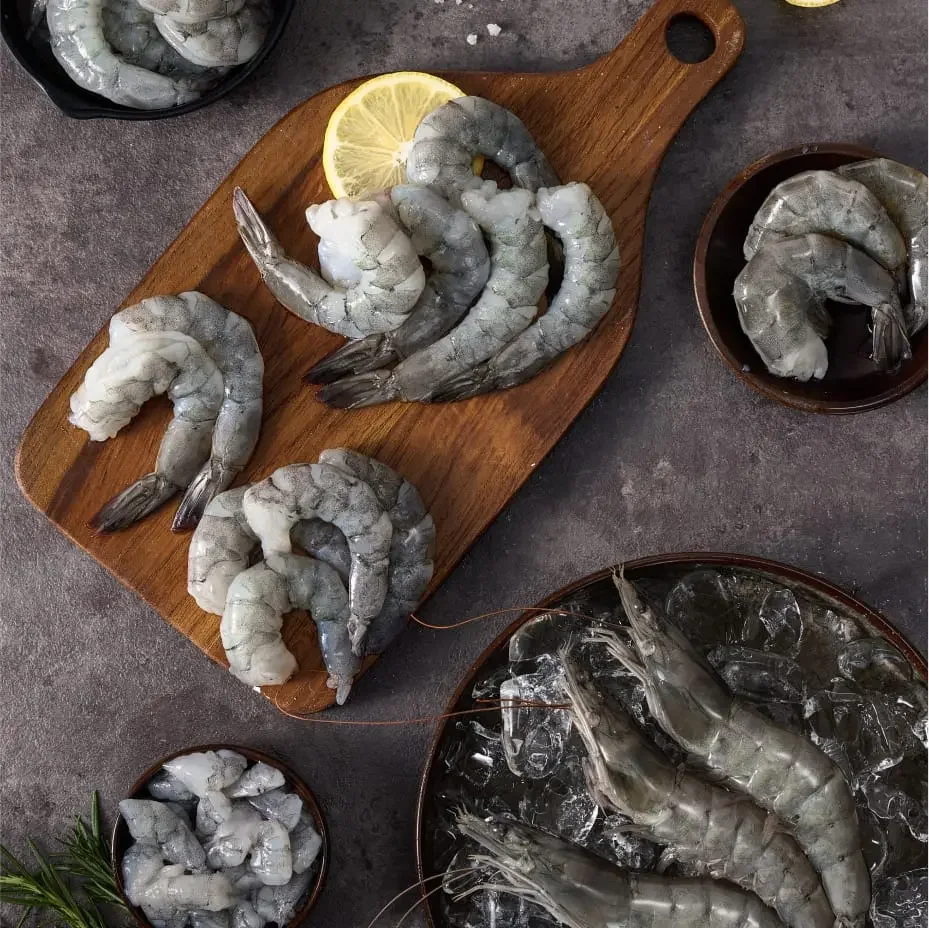Delicious, sweet, responsibly farmed prawns are coming your way — from Indonesia.
KING PRAWNS, DONE RIGHT
DELICIOUS
A Gourmet King Prawn Experience
NUTRITIOUS
Lean, protein-packed, ocean superfood
CONCIOUS
Responsible from farm to plate. Caring for our prawns, people & planet
KING PRAWNS DONE RIGHT
•
KING PRAWNS DONE RIGHT •
The health, quality and freshness of our Prawns is our passion. Our incredible team, cutting edge software and rigorous impact reporting, work together to make sure our King Prawns are always done the right way for you.
PRAWN WITH A PURPOSE
TASTY TAKES HEART
Farmed with passion, nurtured with dedication, and handled with the utmost care.
Our Prawns are from our certified farms, with traceability at every step. Get in touch, try our prawn or arrange a visit to our farms, our team would love to meat you. We’ll get the BBQ started.
Our Prawn
•
Our Prawn •
The OG
Peeled, Deveined
The easy peel
Easy Peel
Snacking Companion
Tail On
PROPER PRAWN FOR YOUR DELIGHT
King Prawn Done Right
•
King Prawn Done Right •
What Do People Say About Our Prawn
Tittle Stories
Headline stories
Tittle Stories
Headline stories
Tittle Stories
Headline stories
Get In Touch
UK Office & Team
Alex Farthing
Chief Tasty Officer
+44 7769 738084
alex@delosseafood.co.uk
Astrid Handari
Prawn Strategist
astrid@delosseafood.co.uk
-
DELOS Seafood Ltd
15 Newland, Lincoln, LN1 1XG
contact@delosseafood.co.id
-
Indonesia
DELOS Aquaculture
HQ, Menara Caraka, Kawasan Mega Kuningan, Jl. DR. Ide Anak Agung Gde Agung No. 1, RT.5/RW.2, Kuningan, Kuningan Tim., Kecamatan Setiabudi, Kota Jakarta Selatan, Daerah Khusus Ibukota Jakarta 12950
© 2025 PT. Delos Teknologi Maritim Jaya. All rights reserved













